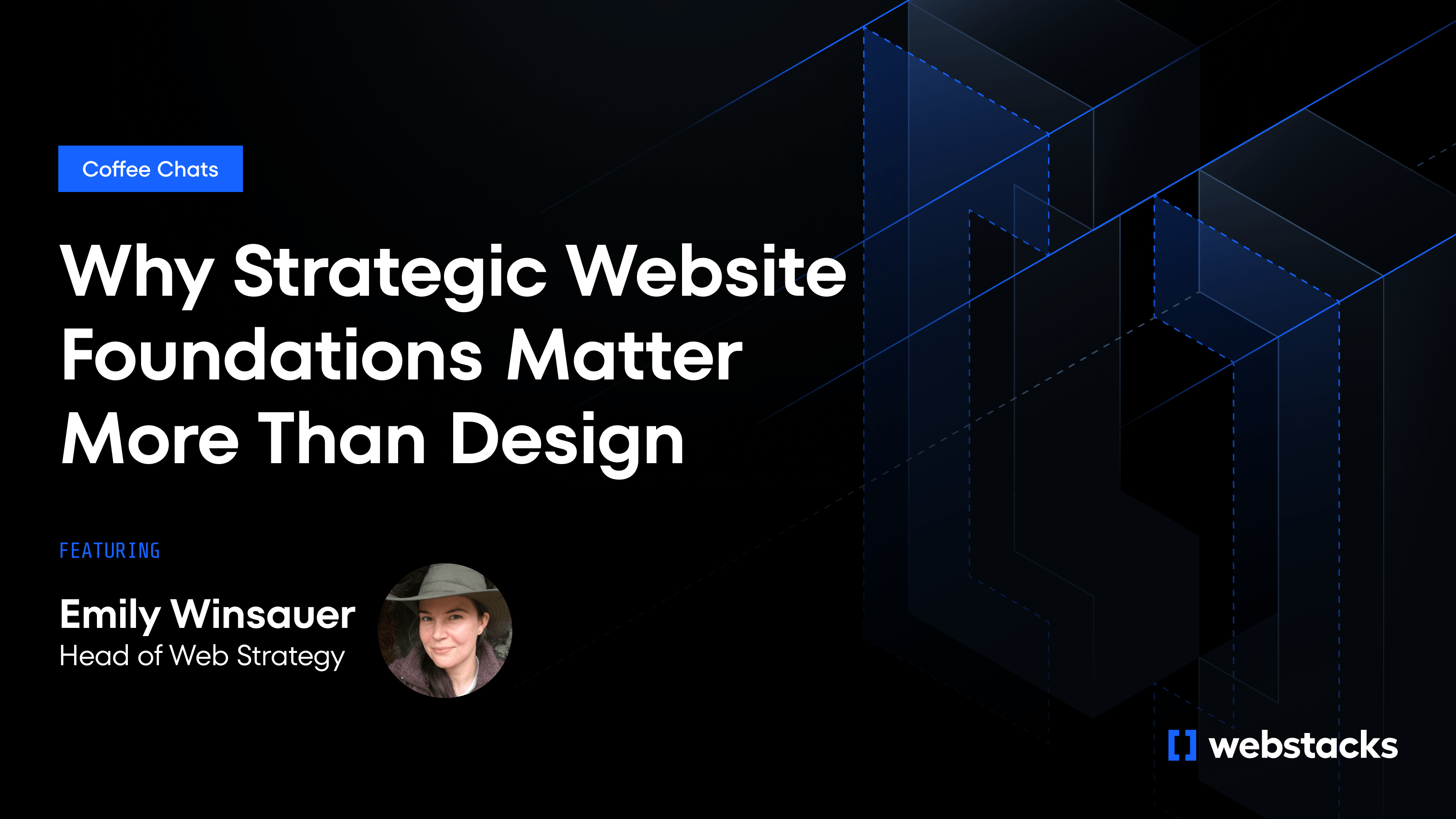You’ve got a working product, a growing community, and maybe even a token that’s live. However, your content is scattered across Twitter threads, half-finished Notion pages, and a blog that hasn’t been updated in months. Users can’t find what they need, developers bounce before they ever touch your API, and your team is too busy shipping product to clean it up.
That’s where most Web3 teams hit a wall. The content doesn’t do its job because there’s no system to support it. No clear goals, publishing workflows, or ways to scale content across different user types.
A good crypto content strategy fixes that. It helps you bring structure to the mess, connect with your actual users, and make content a growth tool. This article shows you how to build that kind of strategy.

Align Content to Your Real Users
Not everyone visiting your site is looking for the same thing. Some are developers trying to integrate your protocol. Others are token holders looking for updates. Some are investors scanning for traction.
A good content strategy begins by being clear about who you’re writing for and what each of those users needs to see.
Here’s how different users engage with your content:
- Developers want to get to the code fast. They’re looking for docs, API references, and clear examples, not blog posts or pitch decks.
- Token holders care about vision and clarity. They’re trying to understand your roadmap, governance model, and token utility.
- Investors and partners are looking for traction. They want to see adoption, integrations, and signs that your protocol has real momentum.
When content speaks to everyone at once, it usually ends up speaking to no one.
Instead, map each content asset to a specific user type and their next step. If a developer lands on your homepage, can they find your docs in two clicks? If a token holder visits after a major announcement, can they quickly see what changed?
The goal is to make sure every user finds what they’re looking for, fast.
Choose the Right Content Pillars for Crypto Growth
Web3 projects need a content system that supports different types of communication across the entire user journey. That’s where content pillars show their value.
The strongest crypto teams organize content around four themes:
- Education: Explain what your protocol does, how it works, and why it matters. This includes onboarding guides, tutorials, and simple explainers. You’re not just talking to crypto-native users—many will be new to your tech.
- Activation: Help users take action. That might mean walking a developer through their first integration or guiding a token holder on how to participate in governance. These pieces should be clear, focused, and directly tied to your product experience.
- Trust: Show your progress. This includes roadmap updates, metrics, audits, and team announcements. It’s how you demonstrate that you’re shipping, growing, and worth paying attention to.
- Momentum: Share what’s happening. Partnerships, ecosystem growth, and token milestones help build excitement and keep your community engaged.
If your site is just a blog with updates, you’re missing opportunities to drive adoption. Think modular: your docs, homepage, blog, and even your community hub should all work together, rather than in silos.
Trust Machines is a strong example of this approach. Webstacks helped them build a system that allows their team to quickly publish across brand, onboarding, and ecosystem content, without waiting on devs. That kind of flexibility makes it easier to support each pillar, stay current, and move fast.
Build a System That Moves as Fast as Your Protocol
Crypto moves fast. For example, governance votes go live overnight, and new features ship weekly. It’s important that your content system keeps up.
However, this is where a lot of Web3 teams hit friction. Marketing has a dozen pieces ready to go, but they’re stuck waiting on a developer to publish them. The docs need updates, but only one person knows how the CMS works. Even simple announcements take days to go live because your stack wasn’t built for speed.
At that point, content doesn’t need to be perfect—it needs to be publishable. The priority becomes getting content out the door without adding friction or overhead.
That’s why the most effective teams build systems that support fast updates, flexible templates, and non-technical publishing.
Solana ran into this exact issue. Their marketing team needed more control, but their publishing process was slow and dev-dependent. Webstacks helped them migrate to Builder.io and rework their design system, unlocking faster launches without engineering help. Now the site supports the speed of the product, not the other way around.

Replatform When Your Stack Starts Slowing You Down
A lot of teams try to power through content issues with the tools they already have. Maybe you’re still on Webflow, or your CMS was something a developer spun up in the early days. It worked for a while, but now it’s starting to crack.
You’ve probably felt it:
- Marketing needs a landing page, but there’s no dev availability until next sprint.
- You want to run a new campaign, but updating the site takes three tools and two people.
- Docs, blog, and product pages all live in different systems with different styles.
At some point, patching things together stops working, and building a better foundation is the only solution.
That’s usually when teams replatform. The goal is to move to a system that supports faster publishing, more flexibility, and long-term scale. That often means a headless CMS like Sanity or Contentful, paired with performance-first frameworks like Next.js and Vercel.
Webstacks helps Web3 teams make that shift. We work with clients to replace slow, rigid stacks with modular systems that give developers flexibility and let marketers publish without waiting in line.
If your site can’t keep up with your roadmap, it’s time to rebuild.
Measure the Right KPIs for Web3 Content
Content performance isn’t just about traffic. In Web3, pageviews don’t tell you if a developer actually integrated your protocol or if a token holder took action. To know what’s working, you need to track engagement tied to your product.
Here are a few metrics that matter more than blog clicks:
- Developer signups: How many users are registering for API keys, accessing your SDK, or creating dApps?
- Wallet connections: Is your content driving users to connect wallets or interact with your app?
- DAO participation: Are people reading governance proposals, voting, or joining your community forums?
- Docs usage: Which onboarding pages are getting traction? Where are people dropping off?
Use tools like Vercel to monitor page performance, including factors such as load speed, layout shifts, and responsiveness. For engagement insights like developer signups or wallet connections, tie your CMS to an analytics platform that tracks real user behavior.
The best content strategies help people move through the product, and give your team clear data to back it up.
Your Content Strategy Should Work Like Your Product
If your product is fast, composable, and scalable, your content system should be too. That means clear goals, flexible tools, and publishing workflows that keep up with your team’s pace.
When content is easy to update, it supports everything else you’re trying to grow. Docs get published without delays. Governance announcements go live on time. Campaigns don’t wait on devs. And your site reflects the version of the product you’re actually shipping, not the one from six months ago.
At Webstacks, we help Web3 teams build exactly that. We replace outdated site setups with modular systems that give marketers autonomy and developers breathing room. Content stops being a blocker and starts driving adoption, activation, and growth.
If you’re spending more time managing your site than publishing to it, let’s fix that.





